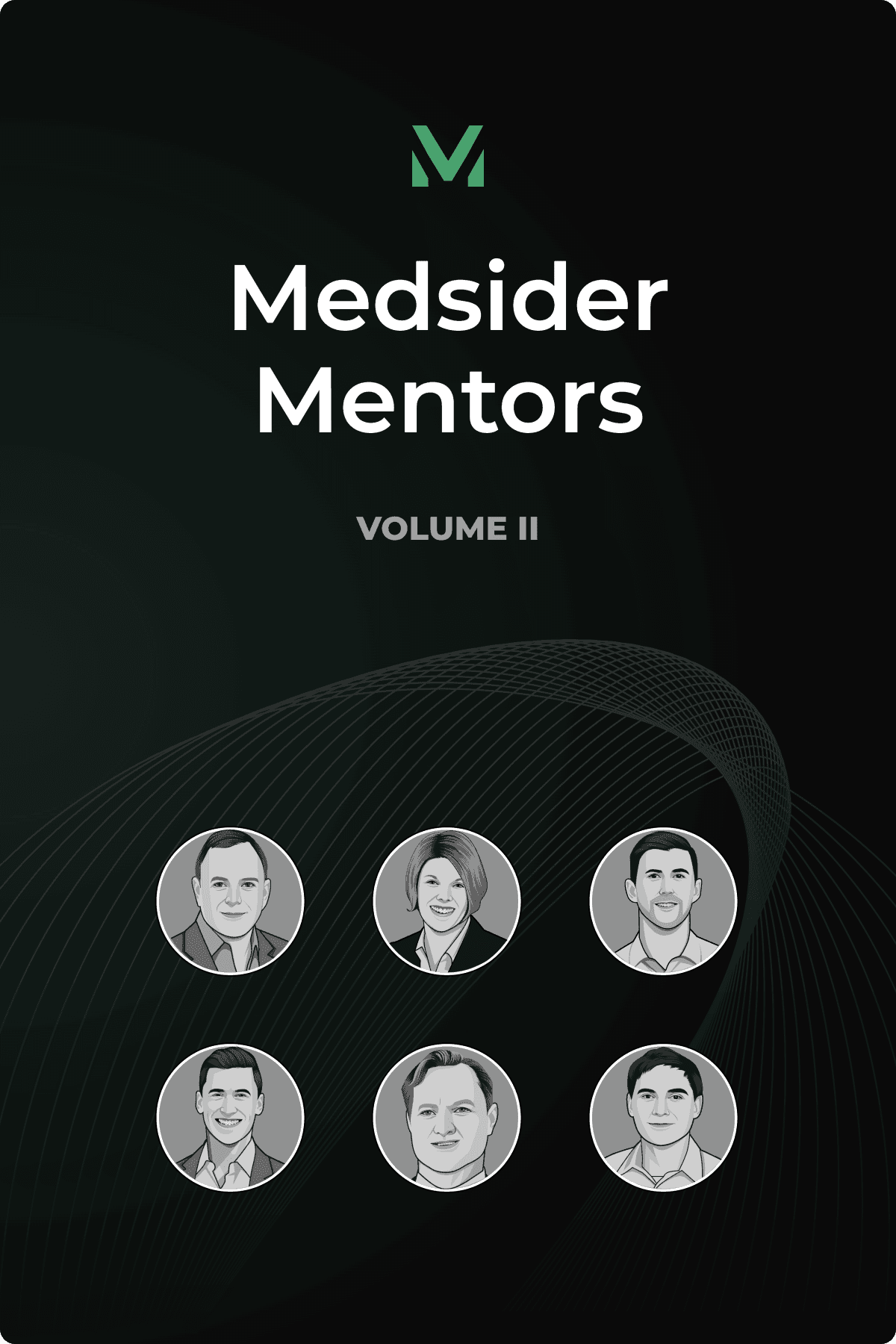How Flexibility and Curiosity Can Influence a Successful Medtech Startup
Interview with EvoEndo CEO Heather Underwood

EvoEndo CEO Dr. Heather Underwood thinks about things a little differently than your average CEO. Her flexible and curious approach to running a medtech start up has certainly proved successful: recently EvoEndo was able to fundraise millions and get 510(k) clearance for their single-use endoscopy system they call the “EvoEndo System.”
So where did Heather’s unique approach to running a company come from? Her interdisciplinary past can shed some light on the subject.
Starting with her Bachelor of Science, cum laude, in computer science and engineering from the University of Washington, Heather’s analytical mind was at work: her undergraduate research focused on developing multiplayer educational game platforms for primary schools in India.
Continuing onward, Heather completed her Ph.D. at the University of Colorado Boulder's ATLAS program where she developed and implemented clinical decision support systems for midwives and nurses in Kenya, receiving the NSF Graduate Research Fellowship Grant and a Gates Grand Challenges Grant to support her research.
Heather then cofounded Inworks—an interdisciplinary initiative offering courses and certificate programs in innovation, prototyping, and design as a professor at the University of Colorado Denver. Her last stint in academia occurred when she was selected for the 2018-2019 Stanford Biodesign Fellowship Class. Upon completion, she entered the medtech space and has been leading EvoEndo ever since.
As Heather’s roles have changed, she’s never left behind her distinct skill sets, but instead honed them to positively influence her role leading EvoEndo.
In this episode of Mediser, Heather elaborates on her unique approach to innovation in the medtech arena, how fundraising isn’t one-size-fits-all, and why regulatory clearance isn’t the end of the road.
You May Like These Articles
Medsider Premium
Become a premium member and unlock access to exclusive Medsider benefits.



